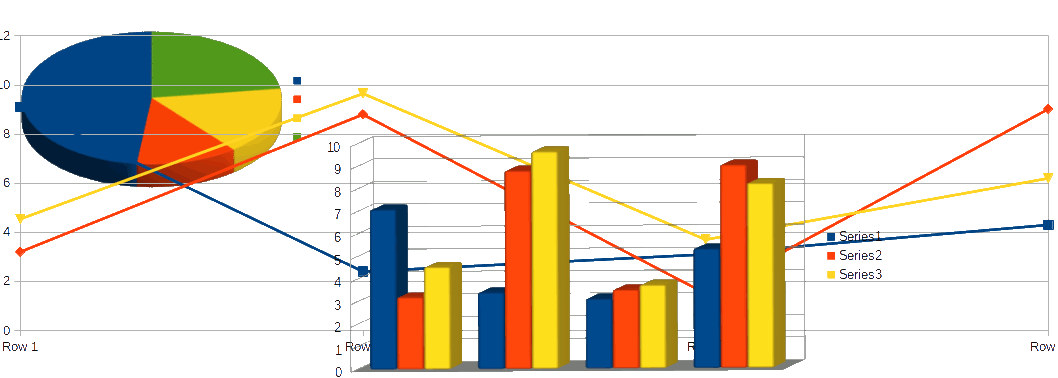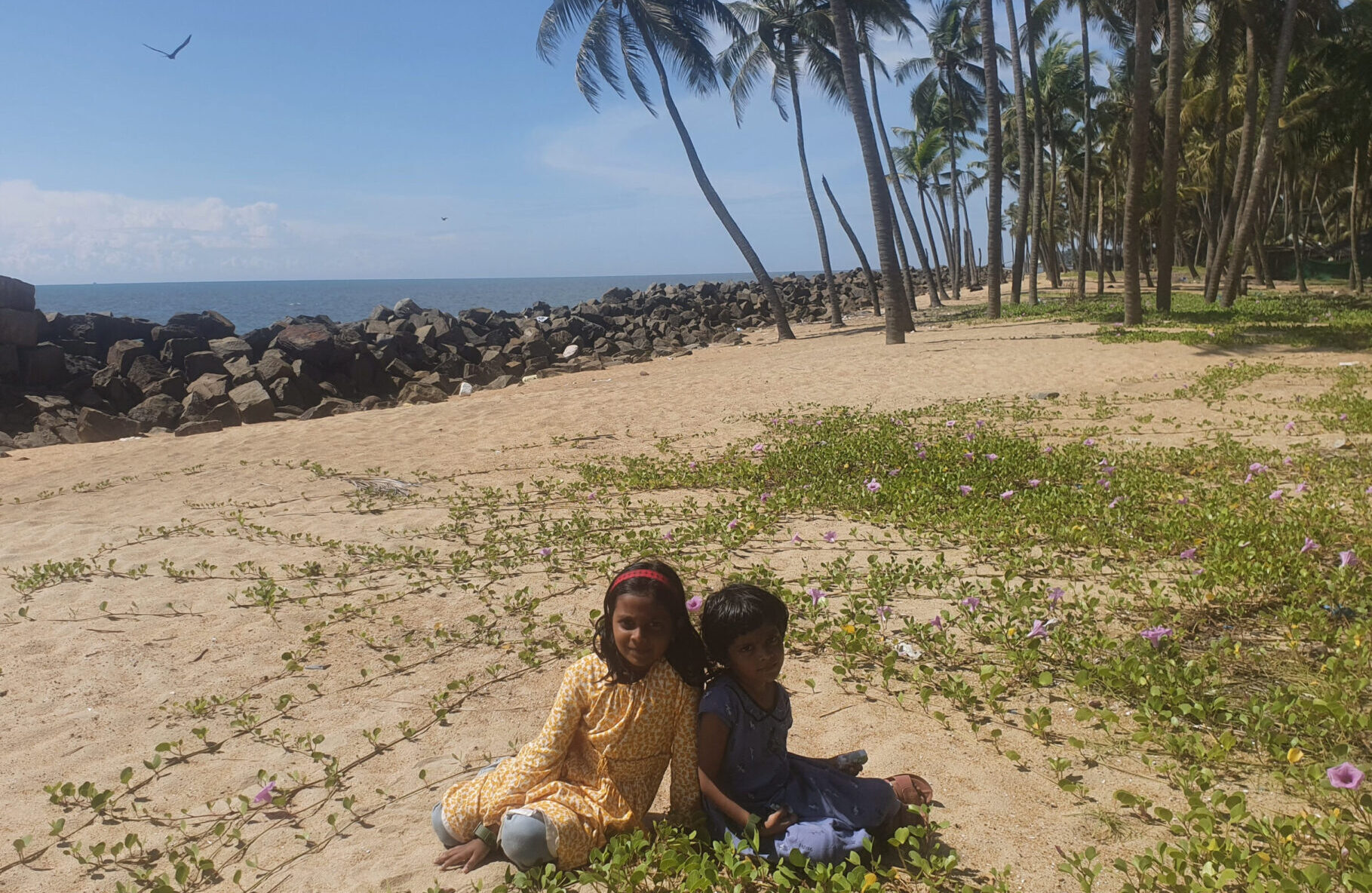Chapter 19 :-


Introduction So far we have studied various statistical tools. These tools are important for us in daily life and are used in the analysis of data collected. In this chapter, you will learn the method of developing a project. This will help in understanding how statistical tools and methods can be used for various types of analysis.
What is a Project ?
Project means a plan or programme, capable of analysis, planning and implementation. There are professional and academic projects. A professional project will have definite objectives, an area of implementation,.and a time period within which it will be executed.
An academic project is purely an academic exercise to study a problem. It may or may not have practical application. Developing a project by conducting a survey and preparing a report will help in analyzing relevant information and suggesting improvements in a product or system. Students, researchers, marketing groups, etc., undertake such projects. Reports of such studies are called project reports.
Steps towards Making a Project
i. Identifying a problem or an area of study
At the outset, we should be clear about what we want to study. For example consider the following areas of study:
- Study about the sale of a certain brand of bathing soap or a detergent
- Study about the production of a car from a certain company
- Study about certain water problems relating to households of a particular area
- Study about consumer awareness among households
After identifying the area of study, and on the basis of the objectives, we will proceed with the collection of and Processing of the data.
ii. Choice of Target Group
The choice or identification of the target group is important for framing appropriate question for our questionnaire. If our project relates to cars, then our target group will mainly be the middle income and the higher income groups. For the project studies relating to consumer products like soap, we will target all, rural and urban consumers. For the availability of safe drinking water our target group can be both urban and rural population. Therefore, the choice of target groups, to identify those persons on whom we focus our attention, is very important while preparing the project report.iii. Collection of Data
The objective of the survey will help us to determine whether the data collection should be undertaken by using primary method, secondary method or both the methods. As we have studied in Chapter-12 , a first hand collection of data by using primary method can be done by using am questionnaire or an interview schedule, which may be obtained by personal interviews , mailing postal surveys, phones, or by e-mail. Postal questionnaire must have a covering letter giving details about the purpose of enquiry. Our objectives will determine the size and characteristics of our target group. For example, in a survey pertaining to the consumption of a particular brand or soap, you will have to go to each and every family or household to collect the information.Secondary data will provide information through published or unpublished sources, provided it suits our requirements. Secondary sources of data are usually used when there is paucity of time, money and manpower resources and the information is easily available. If sampling is used in our method of data collection, then the care has to be taken about the suitability of the method of sampling.
iv. Organisation and Presentation of Data
After collecting the data, we need to process the information so received, by organizing and presenting with the help of tabulation and suitable diagrams, such as bar diagrams, pie diagrams, etc.v. Analysis and Interpretation
Measures of Central Tendency, such as mean or median, Measures of Dispersion, such as Standard deviation, and coefficient of Correlation will enable us to calculate the average, variability and relationship, if it exists among the variables.vi. Conclusion
The last step will be to draw meaningful conclusions after analyzing and interpreting the results. If possible we must try to predict the future prospects and suggestions relating to growth and government policies, etc., on the basis of the information collected.vii. Bibliography
In this section, need to mention the details of all the secondary sources, i.e., magazines, news papers, research reports rsearch reports used for developing the project.
Writing Project Reports: Structure of Project Report
There can be minor variations in the structure of Project Reports, depending upon their objectives, practical applicability, uses, etc. However, a standard Project Report Shoud have certain essential elements. These are as follows:
- Introduction
- Statement of the problem
- Objectives
- Methodology
- Analysis of data
- Limitations of the study
- Conclusions
In the case of academic projects, there will be another section called bibliography. Bibliography lists the various publications and books referred for the purpose of study.
Now, let us examine these essential elements of Project Reports, briefly.
1. Introduction
In the section of introduction, the project is introduced. The need and significance of the project are highlighted. The relevance of the project is explained. This section gives the reader of the report an idea about the need, importance and relevance of the project.
2. Statement of the problem
Most projects in economics deal with an economic problem and attempt to find ways to solve the problem. There can be exceptions where a Project need not be related to any problem at all. Even then, the issue that is studied has to be properly and clearly defined. This is called the statement of the problem.
Let us take an example. Suppose a study is to be conducted on the problem of educated unemployment among the women of backward communities in Palakkad district. Here, concepts like employment, unemployment, educated unemployment, women’s unemployment, backward community, etc. have to be defined. With accurate definition of various concepts, the problem has to be stated.
3. Objectives
The objectives of the project have to be clearly stated. Without being too descriptive, the objectives are listed and numbered.
4. Methodology
Methodology refers to techniques and methods used in analysis. The nature of data, sources of data and techniques of analysis have to be clearly stated. For example, it has to be stated whether the data for the study are primary data or secondary data. If the data are primary, details regarding collection of data like questionnaire, whether sampling or census type of enquiry, etc. have to be given. If the data are secondary, the sources of data have to be stated.
Statistical techniques (which you have studied) are widely used in analysis of data. The techniques and methods that are proposed to be used in the analysis of data have to be Stated. Statistical techniques like measures of central tendency, measures of dispersion, correlation and regression, etc. which you have studied are widely applied in analysing data. The methodology employed in the study has to be properly spelt out.
5. Analysis
This is the most important part of any project report. This forms the body of the project report.
6. Limitations/Constraints
No study is 100 per cent perfect. Many imperfections can creep into the report due to the limitations of the study. Limitations may arise due to problems of sampling, inaccurate answers to questions, subjective factors, lack of professionalism of enumerators, lack of adaptability of secondary data, etc. Limitations are normal. But limitations will adversely affect the accuracy of the study. Limitations have to be seen in the context of the degree of accuracy desired. Anyway, limitations of the study have to be properly stated.
7. Conclusion
Analysis of data will facilitate derivation of conclusions. In this section of the report, findings and conclusions of the study are numbered and listed.
![]()

